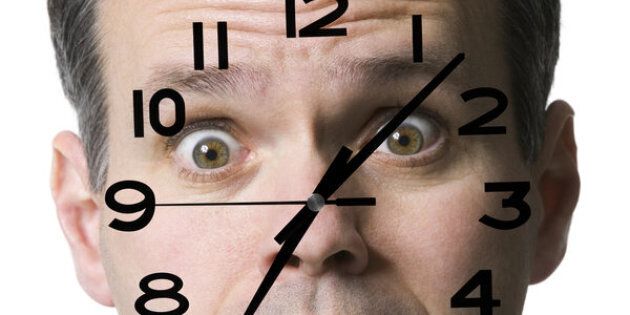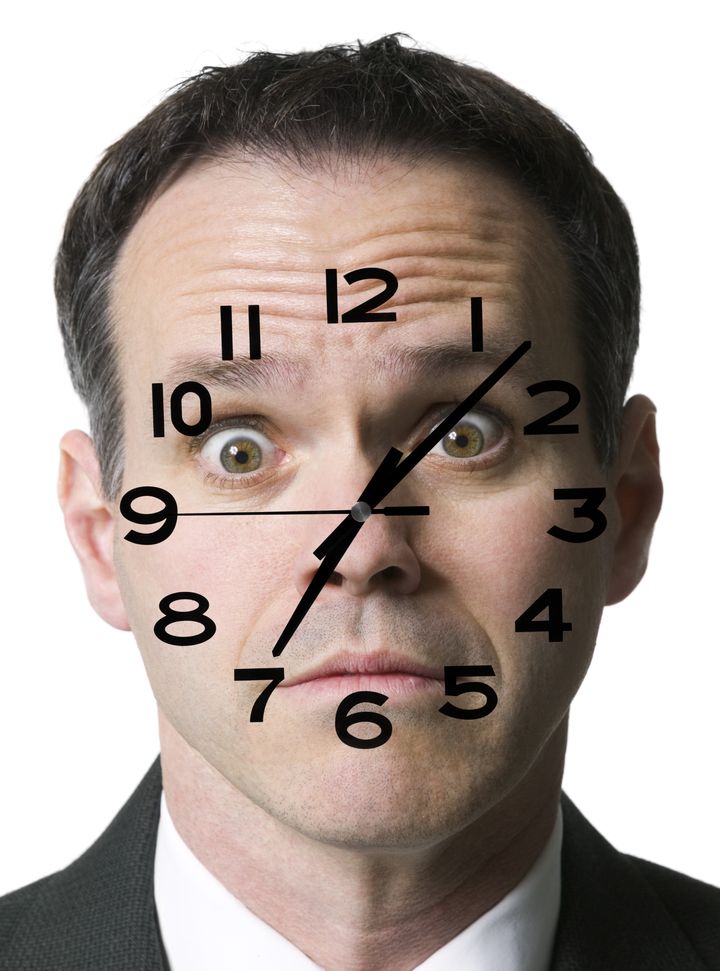

Ah, the magic of meeting someone else’s gaze: Hearts beat faster as pupils dilate.
Or, someone gets really uncomfortable really quickly.
Many animals, including humans, look at each other to signal interest or threat. Numerous studies have documented the biological importance of eye gaze and shown that the brain is hardwired to recognize it and process it fast.
Eyes meeting can lead to moments of raw emotions and autonomic physiological responses. But any deviation of what is considered normal can signal a problem: Short eye contact may lead people to perceive someone as less confident and untrustworthy. Avoiding it altogether has been suggested to be a symptom of autism spectrum disorders and schizophrenia. A long gaze, on the other hand, can easily make both parties uncomfortable.
All of which raises a simple question: How long is a normal gaze?
To answer this question, researchers in the U.K. asked about 500 visitors to the London Science Museum to watch videos with an actor staring at them through the screen (like the one below). When the clip had ended, they asked participants to press a button to indicate whether they felt the actor had looked at them for too long or short a period of time.
The average ideal gaze time for viewers to feel comfortable was 3.3 seconds, according to a study published last week in Royal Society Open Science.
The participants also filled out personality questionnaires, but the researchers didn’t find any evidence that personality traits affected a person’s “preferred gaze duration.” Nor did gender, age or the attractiveness of the actors.
One pattern researchers detected, however, had to do with participants’ pupils. The scientists used eye-tracking technology to measure how fast people’s pupils dilated, a physiological reflex that occurs during eye contact, and determined that participants whose pupils dilated faster preferred a longer gaze.
“These results reveal that a person’s preferred duration of eye contact is signalled by physiological indices (pupil dilation) beyond volitional control,” the researchers wrote.
That does not mean, however, that you can adjust your gaze duration according to how fast the other person’s pupils are dilating.
“The differences are so subtle, though, that they can only be seen with the eye-tracking software—making any attempts to game the system likely to end up awkward rather than informative,” Science reported in an article about the study.
It’s also unclear how well the results of this study, which relied on videos, would translate to two people maintaining eye contact during an in-person interaction, neuroscientist and science writer Christian Jarrett noted in BPS Research Digest.
“Readers will rightly wonder just how fair it is to extrapolate from this setup to the real life situation of two people in conversation, where both parties are involved in the dance of eye contact,” he wrote.
So perhaps for now, hold off on counting seconds during your day-to-day social interactions. But whatever you do, do not stare into someone’s eyes for 10 minutes.